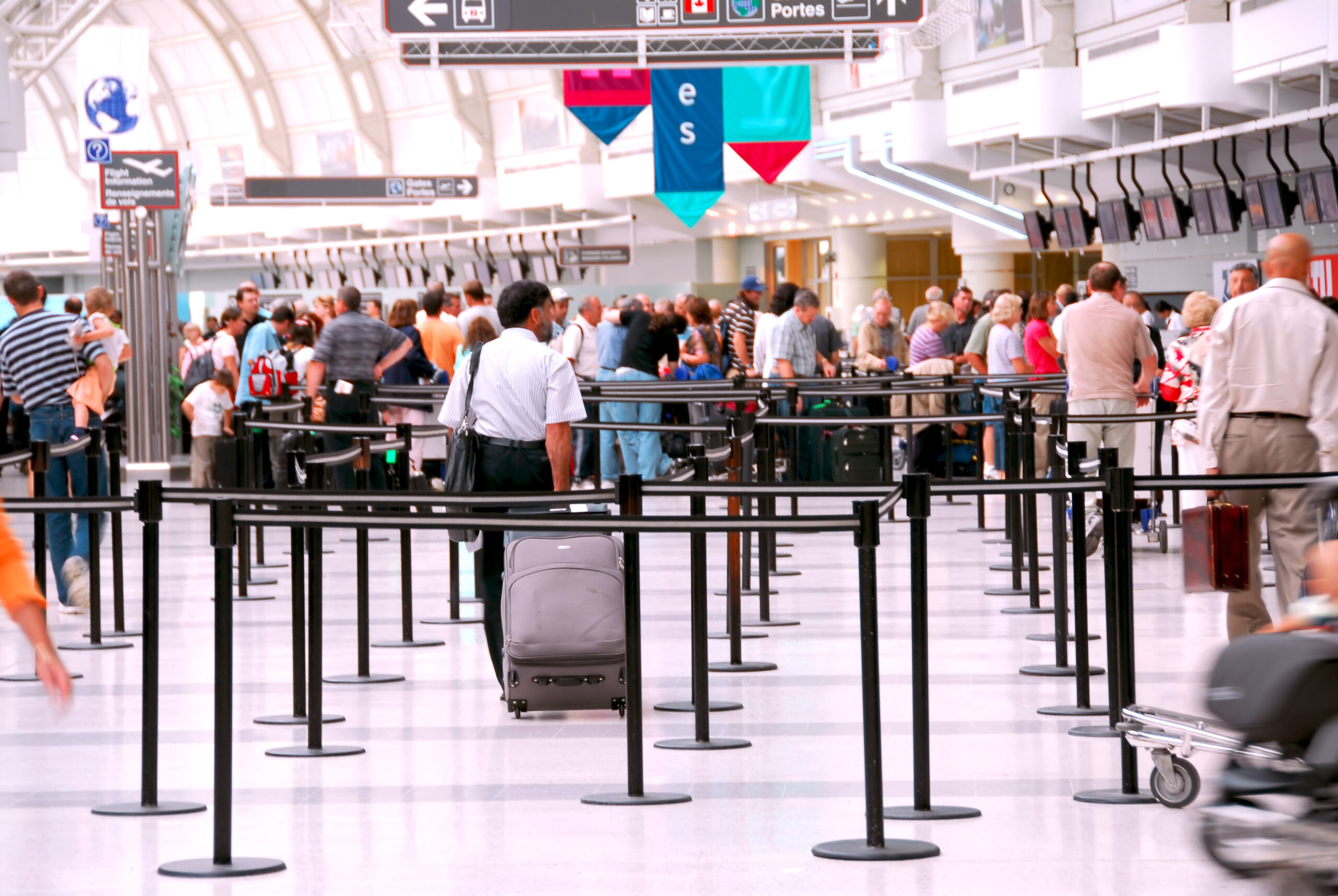The American Association of Airport Executives (AAAE) organized this respected forum, connecting aviation industry leaders from airports, federal agencies, consultants, airlines, etc. Representing Atrius® at Airports Going Green® 2022 (AGG) my team and I gained much-appreciated insight into the challenges and opportunities facing airport operators working to reduce carbon emissions and achieve ambitious sustainability goals.
I especially appreciated speaking with many of Atrius’s customers who attended the event and hearing them present in the breakout sessions. The ability to engage with multiple airports helped shape my takeaways from the three-day conference. It was also great to see so many Airports win awards for their sustainability efforts!
Many airport operators are upgrading facilities to improve the traveler experience. And while sustainability is top of mind, implementing ESG initiatives is complicated industry-wide:
- Lack of visibility into performance to goal due to data disparity across multiple sources
- Old buildings, aging infrastructure, and aviation regulations can inhibit sustainability efforts compared to other industries.
- Leaders who recognize sustainability as a journey instead of a destination constantly seek the resources and knowledge that best prepare their organizations to implement current and future sustainability objectives.
- Reaching sustainability goals requires organizational-wide communication to earn buy-in from team members on every level of the airport ecosystem–employees, passengers, and vendors.
Sustainability journeys for airports
According to the Airports Council International-North America, the average United States airport terminal is at least 40 years old. Built long before the internet, the facilities reflect their sole purpose: efficiently get travelers between parking lots, ticket counters, gates, and baggage claim. Unfortunately, aging infrastructures make a seemingly simple remodel like adding USB ports, elaborate and expensive. The architects of these old buildings never imagined today’s technical revolutions. They couldn’t foresee a digital transformation—let alone the rapid pace of innovation—fundamental to modern travel experiences. In a nutshell: today’s air passengers want what old airports can’t provide.
According to the 2022 American Express Global Travel Trends Report, 62% of respondents agree they want to be more thoughtful about where and how they travel. Modern conveniences and visible proof of commitment to sustainability increase engagement with airports and their concessionaires. And recalling that most U.S. airports have quite complex spaces, meeting traveler expectations requires renovations, if not new construction.
Many of my interactions and working sessions at the AGG conference revealed other airports are upgrading infrastructure and customer experience with sustainability guiding them. Operators are prioritizing sustainability as a critical component of their airports’ strategic initiatives. They’re proactively centralizing and analyzing data for better decision-making and meeting green industry standards.
Using data to an advantage to gain ESG buy-in
Because new innovations and technologies, especially physical renovations to an existing footprint require geographical expansion, unfortunately, many airports find themselves with physical constraints that prohibit expansion or new infrastructure altogether. One way airports, however, are taking control and making informed decisions is by utilizing the data they already have. With data platforms like Atrius Sustainability, airports can identify opportunities, trends, and patterns, to measure the effectiveness of their strategies, all with evidenced-backed analysis. Airports can better identify areas of improvement, create increased buy-in, and easily identify quick wins that can be implemented.
Dallas-Fort Worth International Airport (DFW), one of the world’s busiest airports, understands the importance of centralized data and is always looking for ways to optimize the data they must make better decisions. They’re investing in key initiatives, including an ambitious goal to achieve net-zero carbon emissions with no offset credits by 2050. Their target date is twenty years ahead of the goals set by the Paris Agreement. Fortunately, I have more good news: DFW isn’t the only airport actively working toward sustainability.
Adopting sustainability on all levels
Sustainability is a top industry priority. Still, conference attendees admitted to being in different stages of adopting green initiatives, especially compared to non-aviation sectors, including higher education, data centers, and hospitality. Those further along their energy management journeys exchanged expert knowledge and experience, and many attendees were able to gather valuable insights and best practices on small but impactful ways to gain adoption
Securing the cross-functional support and stakeholder buy-in required to modernize airport infrastructure is challenging. The dynamic nature of aviation, including the size and complexity of upgrade projects, complicates obtaining the proper resources, prioritization, and funding to be successful.
Encouragingly, I heard a consensus among conference attendees regarding the value of sustainability programs. Participants, in general, agreed that implementing sustainable practices could help airports reduce operating costs, improve their reputations regarding energy usage, and gain competitive advantages.
Getting airport sustainability off the ground
Advancing a sustainability journey requires straightforward communication and buy-in across the airport ecosystem. No one can support waste reduction, recycling efforts, or even composting until they know the programs exist and how to participate. Internal marketing and messaging plans must resonate with executives, vendors, supply chain contacts, employees, passengers, and guests. Precise and transparent reporting is equally crucial to reaching sustainability goals.
One of the attendees described these challenges very well. They asked me, “You can have a great recycling initiative at the airport, but how are our vendors and partners recycling those materials? How are we tracking their efforts?” Two excellent questions with a direct answer: Atrius Sustainability.
Collecting and communicating accurate data is a challenge, especially for airports still relying on manual processes to build and analyze spreadsheets. Atrius Sustainability streamlines and optimizes data collection, analysis, and reporting. The innovative software provides a bird’s eye view of an airport’s resource consumption. The centralized dashboard also displays a holistic view of Scope 1, 2, and 3 emissions, capturing vendor and supply chain sustainability behavior. Storyboards and email blasts communicate progress to stakeholders, employees, and travelers.

On the horizon for 2023
Airports Going Green® 2022 was an excellent, much-appreciated opportunity to hear the latest on industry trends and hear from customers we directly serve. Airport operators are committed to simultaneously improving passenger experiences and advancing their sustainability journeys–they will continue investing in these initiatives.
We’re optimistic their efforts will accelerate similar behavior across the aviation industry throughout 2023! Take off with Atrius and Atrius Sustainability today!



